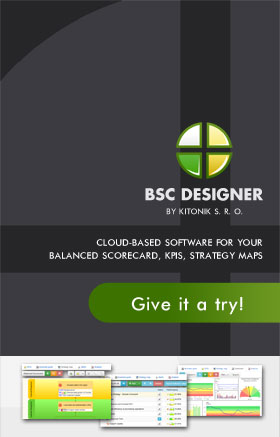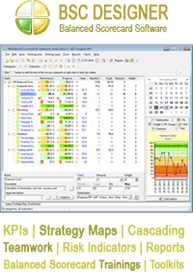the Key Components of Financial Metrics
Every aspect of business is measured by financial metrics. These are necessary to measure if any investment is worth keeping or if any process change will significantly impact the company’s finances negatively or positively. What is being measured here also is the financial value of any project that is undertaken, especially if the project will impact operations. The very goal of measuring finances is to cut on costs or improve how money is spent all throughout the organization.
There are principles that should be followed so the numbers that will be calculated are all accurate and true. If the finances calculated include previous data that should never have been part of the metrics to begin with, this will show an unbalanced figure. The action plans and understanding of the issue at hand will be polluted and it is very likely that the organization will take the wrong direction.
Overhead
Whenever finances are concerned, the overhead expenses should be included in the calculation of financial revenue. Overhead expenses include the money spent on support groups that do not really generate income. This includes salaries of individuals who work the Human Resources Department. This also includes security officials and other people who work certain tasks that may be considered as add-ons. We may also include expenses incurred on materials, such as bond papers and office supplies. When these figures come out, one will immediately see when to cut costs and where.
Future Project Costs
It is also wise that future project costs are included in the calculation. This has something to do with the costs that will be incurred should the projects materialize. The downside of this is that some people may want to hinder the progress of the project once they see the associated costs. It should be well defined what revenue the project would bring so this does not happen.
Historical Data
A mistake that a lot of managers make in calculating finances and returns is that they factor in historical data and paid items that should not be included in the report. For example, there is no balance in including the previous months’ expenses if what you are calculating is only for this month. This will give you inaccurate forecasting. Including historical data is all right if you are calculating annual revenue or if you have a quarterly business review. Always make sure that the timeframe fits the actual financial review.
Pending Costs and Revenues
The financial report should also contain pending costs or debts that are supposed to be paid in the given periods. Many companies have debts that they need to pay monthly and these numbers should be factored in a financial report to ensure accuracy. However, the total cost per annum should not be compounded. This means if the review for financial revenue is only for three months, the assets and liabilities should only include what is present and what is due for three months.
Money is the bloodline of every business. Keep in mind that if the financial metrics are calculated the wrong way, this will also result to misleading action plans, thus putting the organization farther down the drain instead of up.
—
If you are interested in financial metrics, check this web-site to learn more about financial kpi.


